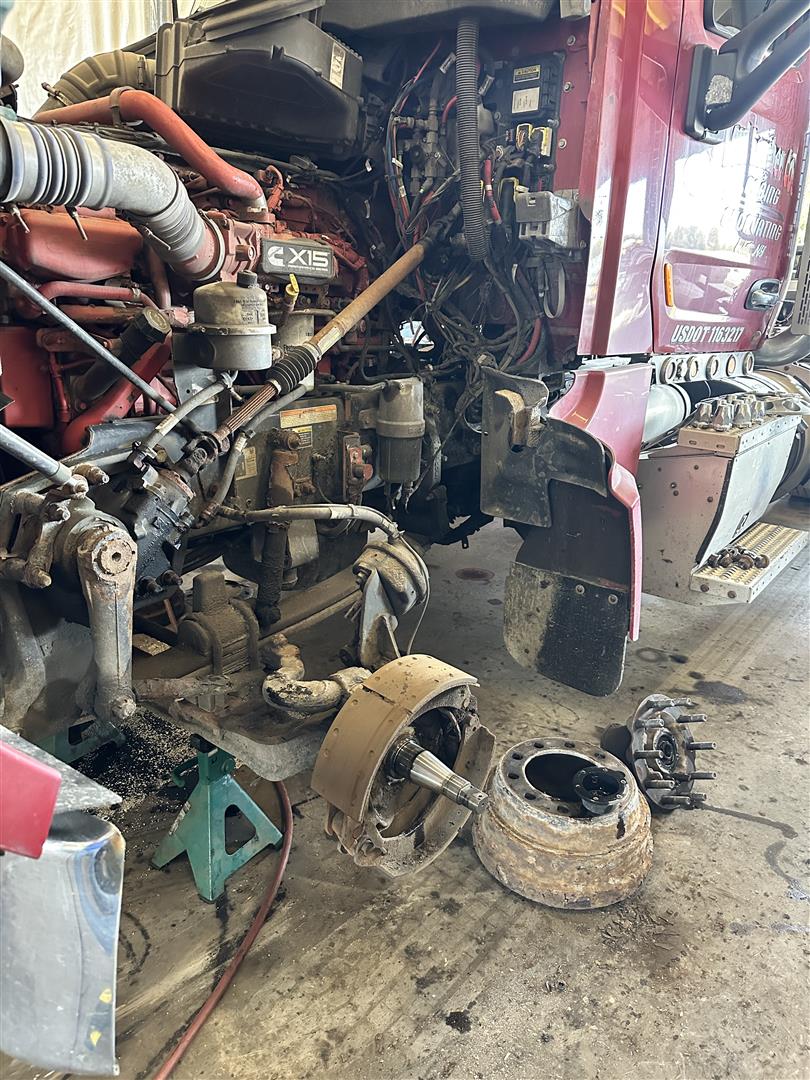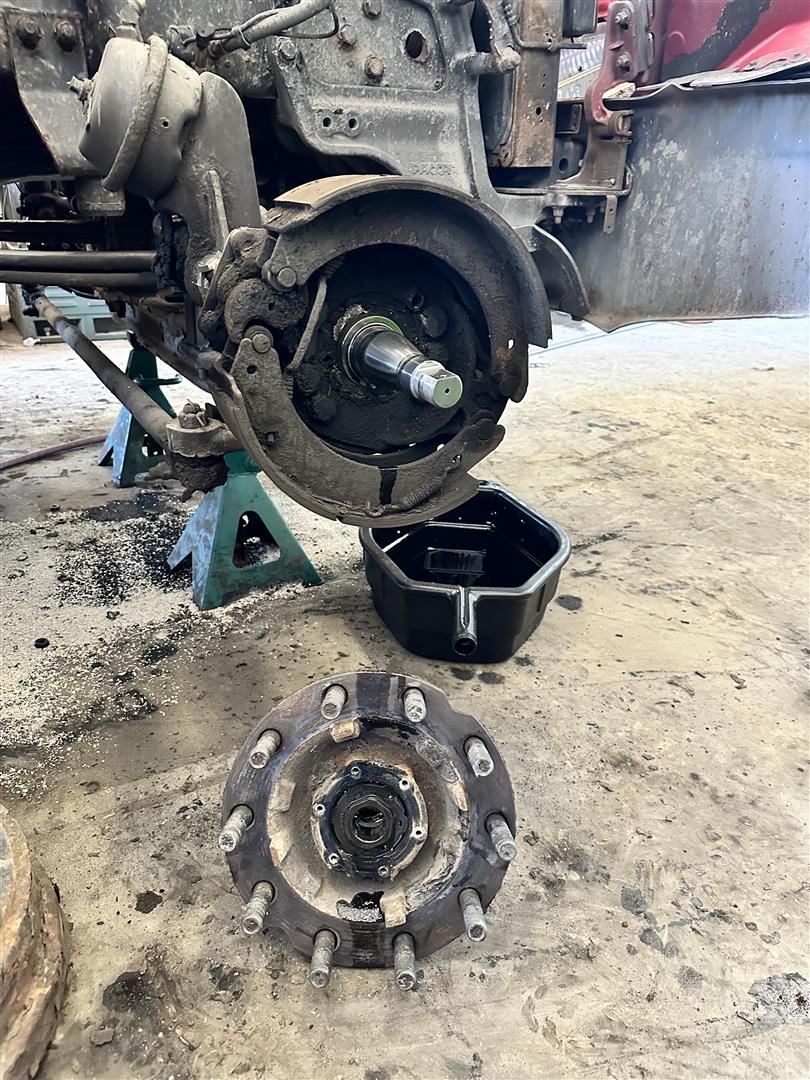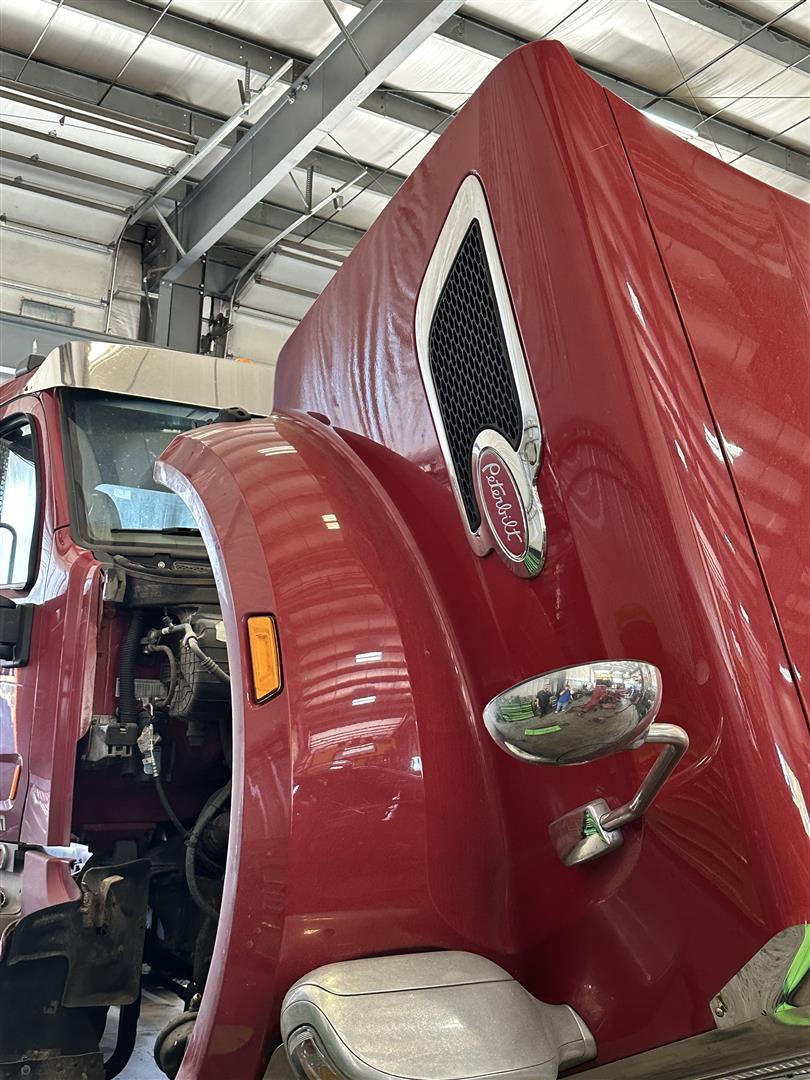 The kingpin is a crucial component in steering systems, as it’s a pivot point connecting the axle to the steering knuckle or spindle, which lets the wheels move when you turn the steering wheel. Apart from that, the kingpin also supports the vehicle's structure and keeps the front suspension stable. Keeping the kingpin properly aligned is essential for safe and smooth handling on the road, because the structural support and stability helps distribute the weight of the vehicle and handles the forces and vibrations while driving.
The kingpin is a crucial component in steering systems, as it’s a pivot point connecting the axle to the steering knuckle or spindle, which lets the wheels move when you turn the steering wheel. Apart from that, the kingpin also supports the vehicle's structure and keeps the front suspension stable. Keeping the kingpin properly aligned is essential for safe and smooth handling on the road, because the structural support and stability helps distribute the weight of the vehicle and handles the forces and vibrations while driving.
 Kingpin failure typically occurs from wear and tear over time. Inadequate lubrication, corrosion and rust, and improper alignment can also weaken the kingpin and its associated parts, especially in regions with harsh weather conditions or exposure to road salt. This can place undue strain on the kingpin, leading to premature failure. Regular maintenance, lubrication, and proper alignment are essential for preventing kingpin failure and ensuring the longevity and safe operation of vehicles equipped with solid axles and kingpin steering systems.
Kingpin failure typically occurs from wear and tear over time. Inadequate lubrication, corrosion and rust, and improper alignment can also weaken the kingpin and its associated parts, especially in regions with harsh weather conditions or exposure to road salt. This can place undue strain on the kingpin, leading to premature failure. Regular maintenance, lubrication, and proper alignment are essential for preventing kingpin failure and ensuring the longevity and safe operation of vehicles equipped with solid axles and kingpin steering systems.
 Driving with a bad kingpin is extremely dangerous. When kingpins are worn or damaged, they can lead to significant handling issues, such as reduced steering control, poor alignment, and unpredictable wheel movements. This compromised steering performance can result in difficulties in maintaining the intended course of the vehicle, especially during turns and emergency maneuvers. Addressing kingpin issues promptly is crucial, but avoiding driving the vehicle with compromised kingpins until they have been repaired or replaced is an important step in this process.
Driving with a bad kingpin is extremely dangerous. When kingpins are worn or damaged, they can lead to significant handling issues, such as reduced steering control, poor alignment, and unpredictable wheel movements. This compromised steering performance can result in difficulties in maintaining the intended course of the vehicle, especially during turns and emergency maneuvers. Addressing kingpin issues promptly is crucial, but avoiding driving the vehicle with compromised kingpins until they have been repaired or replaced is an important step in this process.